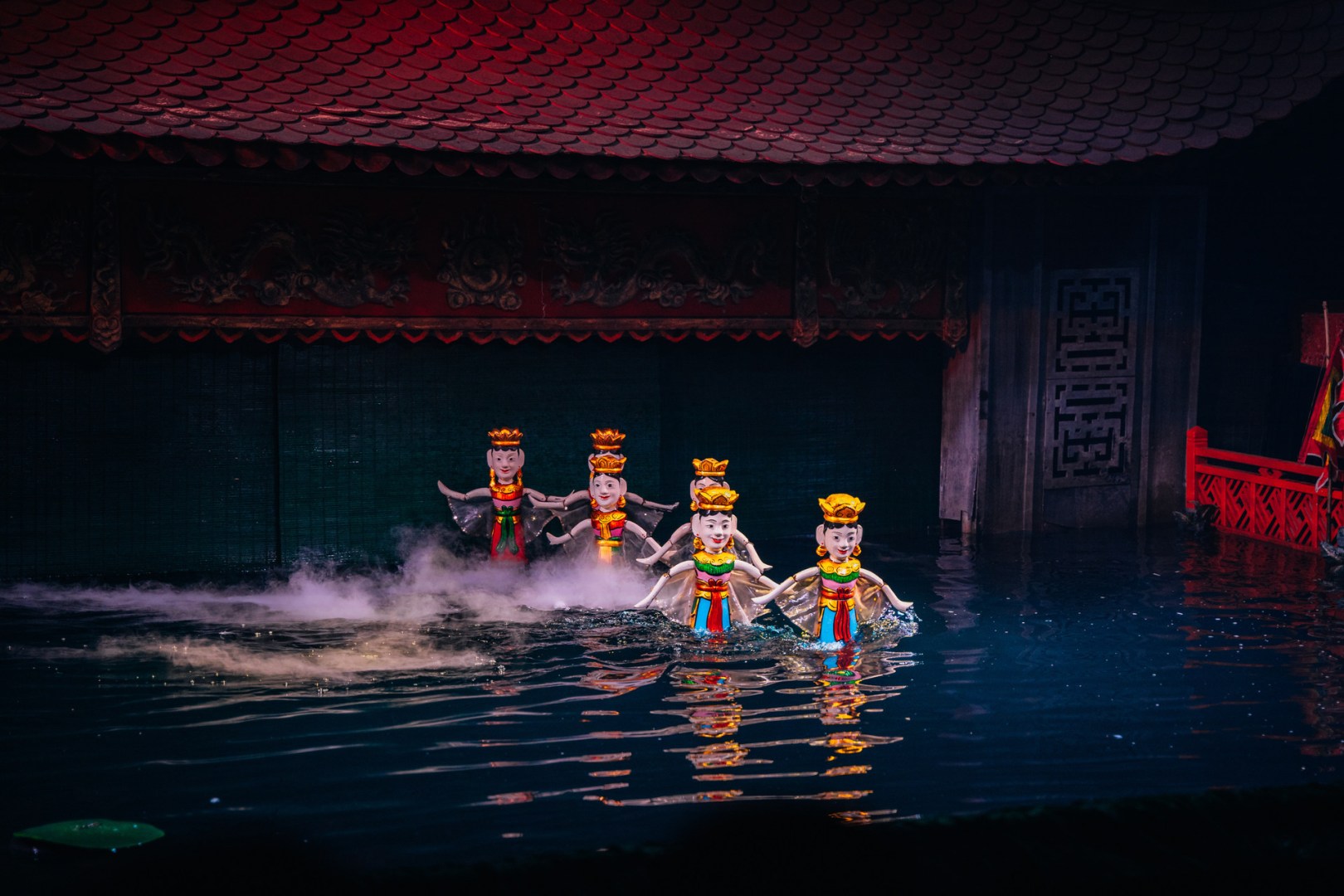
With thousands of traditional folk festivals, Vietnam has potential to attract domestic and foreign tourists. However, due attention has not been paid to festival-goers to directly participating in and experiencing them.
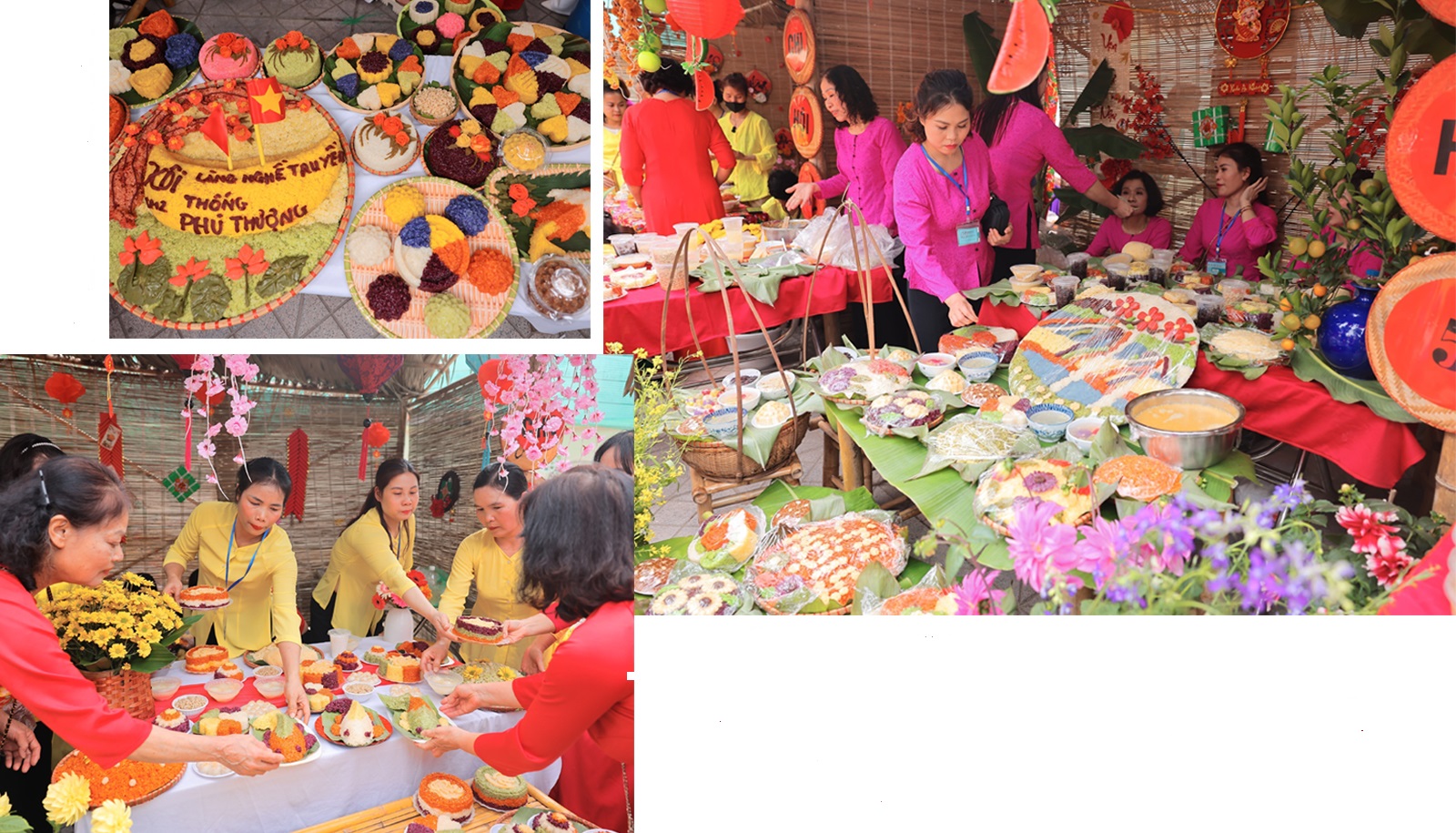
Untapped “gold mine”
Folk festivals, including Spring festivals, are “the life of the community which is re-enacted in the form of rituals and festivals”. Rituals are solemn while festivals are fun and bustling.
Festivals, small or big, reflect a community’s cohesion. The majorities of festivals are connected with historical events and honour those who helped defeat foreign invaders. This is a bridge between the past and present so that today’s generation can better understand the nation’s traditions. There are nearly 20 folk festivals a day across the country on average, but most of them take place in Spring.
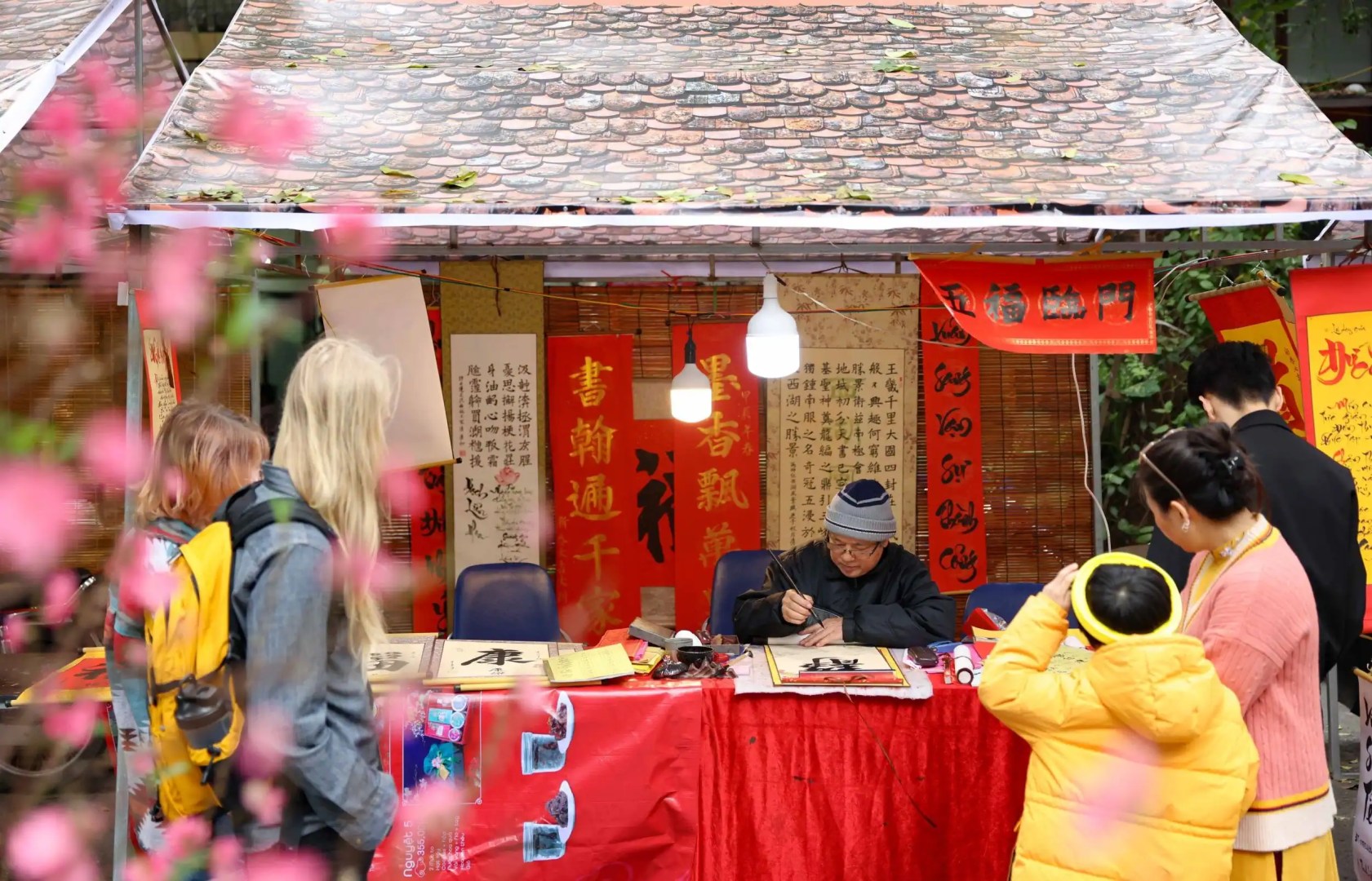
In the northern delta, there are 10 major festivals that lure visitors from all over every Spring. They are the Hung Kings Temple Festival (Phu Tho), Huong (Perfume) Pagoda Festival, Giong Festival and Dong Da Festival (Hanoi), Tran Temple seal opening ceremony (Nam Dinh), Ba Chua Kho (Queen of Stock) Temple Festival, Lim Festival (Bac Ninh), Yen Tu Spring Festival (Quang Ninh), Tay Yen Tu (West Yen Tu) Spring Festival (Bac Giang) and Bai Dinh Pagoda Festival (Ninh Binh).

A lot of unique festivals bearing cultural characteristics of each ethnic minority group take place in the northern mountainous region in Spring, such as the Khau Vai Love Market (Ha Giang), Xuong dong (Going down the field) festival of the Tay and Dao ethnic groups (Yen Bai), Gau Tao festival of the Mong ethnic group (Lao Cai), Ban (Bauhinia) flower festival of the Thai ethnic group (Son La and Dien Bien), and nhay lua (fire jumping) festival of Dao Dau Bang ethnic people (Lai Chau).
The Gong festival, elephant racing festival, new rice festival and ceremony showing gratitude to parents are traditional festivals of the Central Highlands.

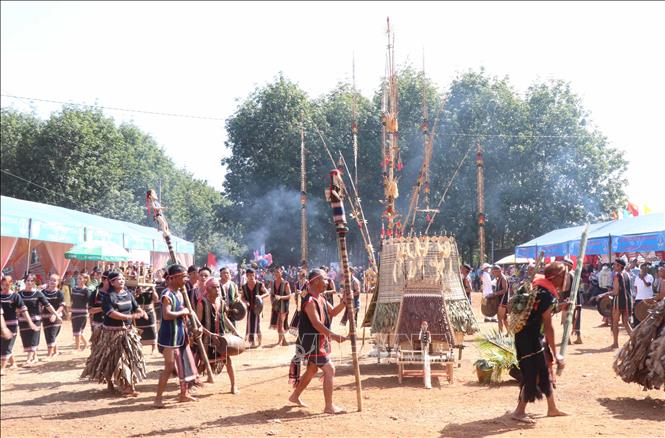
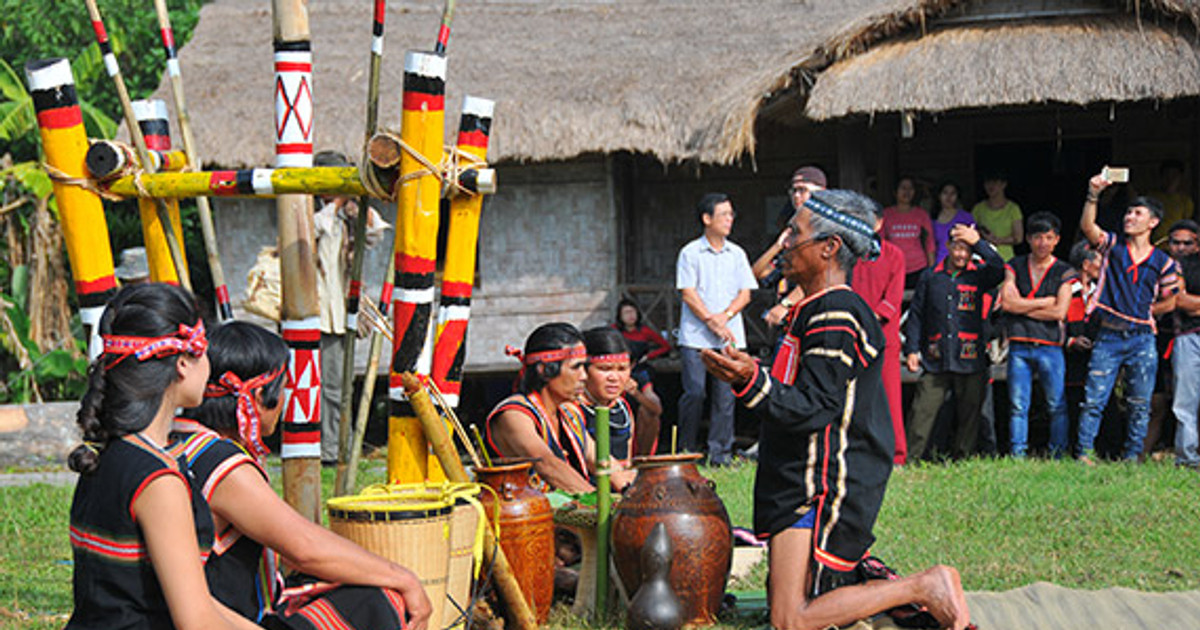
A range of festivals are held on the national-scale in the Mekong Delta region such as the Ba Chua Xu festival on Nui Sam (Sam Mountain) in An Giang province, Nguyen Trung Truc Temple festival which is dedicated to national hero Nguyen Trung Truc in Kien Giang province, Nghinh Ong festival (Ca Mau) and Ooc Om Boc Festival, or moon worshiping festival, in Soc Trang province.
Although the tourism industry and local authorities have paid attention to exploiting festivals’ strengths to lure tourists, the number of foreign visitors to traditional folk festivals is still limited. This means that the “gold mine” hasn’t been exploited and brought much foreign currency to the country.
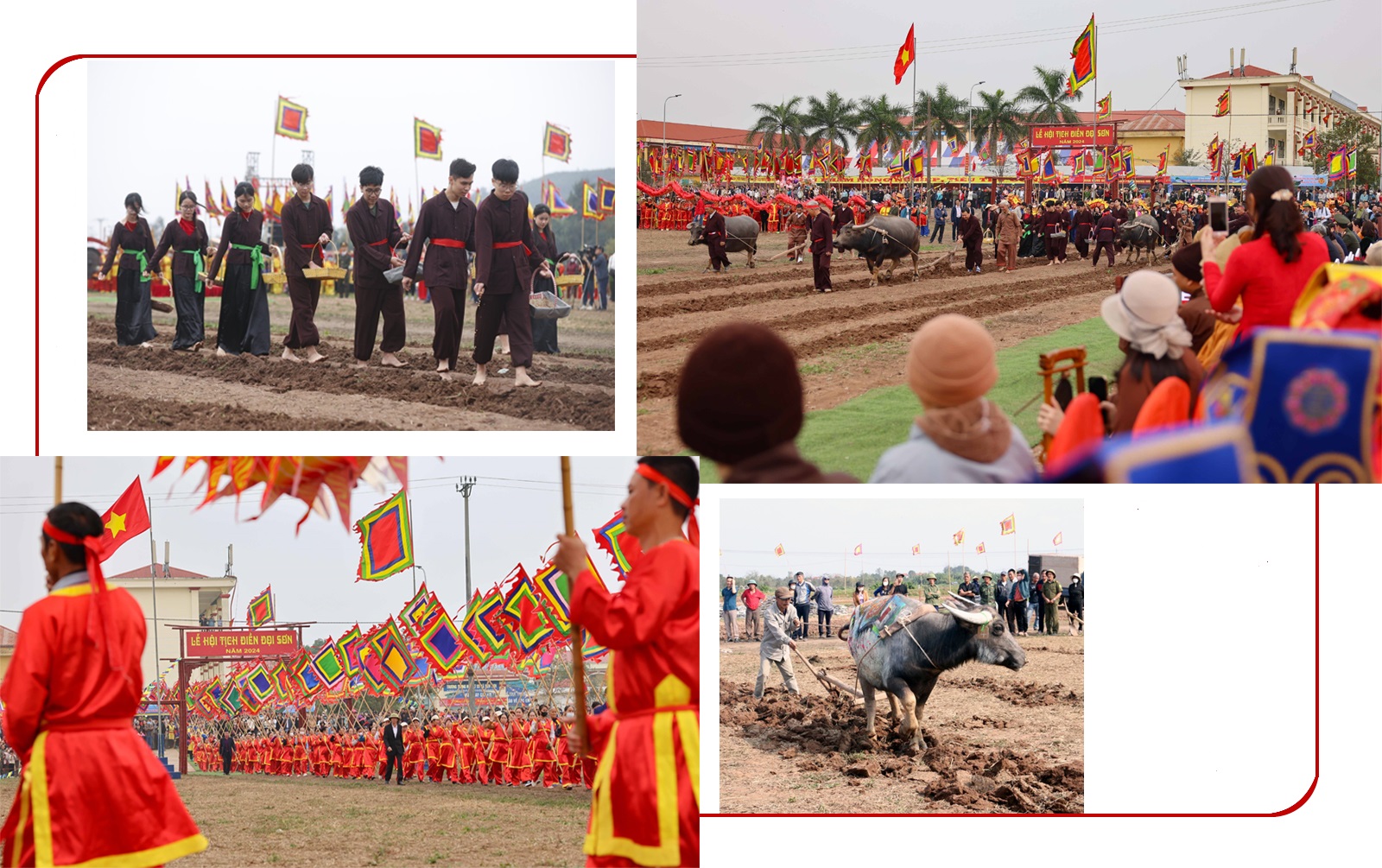
Tourists rarely participate in festivals

The Red River Delta, the cradle of the wet rice civilisation, has the highest density of folk festivals. Almost every village and every clan has its own festival.
Festivals in Vietnam are attached to the country’s agricultural sector and serve the local community. Despite the fact that foreign visitors can join the festivals, they have few opportunities to experience it as an insider. Meanwhile, experience plays a critical role in travellers’ journey, especially foreign travellers. According to tourism experts, local festivals should be a type of culture that attracts foreign tourists because, through the festivals, visitors understand more about the culture, customs and characteristics of people in each region.
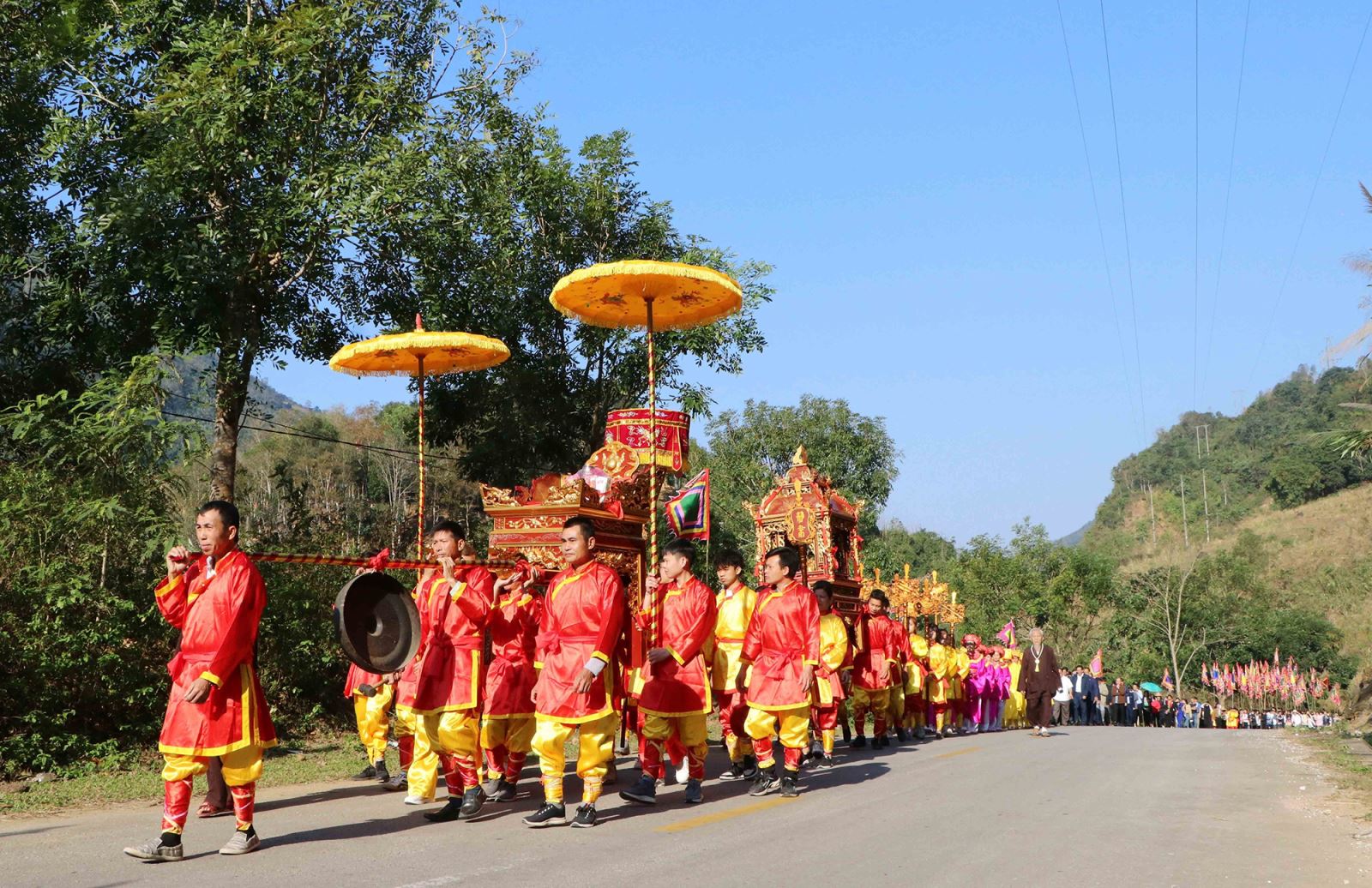
In many countries, it is easy for foreign tourists to integrate with local people and take part in festival activities. This feature helps attract a large number of foreign visitors each year, bringing in a large source of foreign currency.
Recently, some festivals in Vietnam have striven to promote the “participation”, increasing interaction with tourists such as inviting them to partake in bamboo dancing, xoe dancing, gong beating, and con (cloth ball) throwing with local residents. Some imported festivals, such as the Carnival Festival in Quang Ninh, Halloween Festival in Ho Chi Minh City, Paragliding Festival in Yen Bai also attract a lot of residents and tourists.
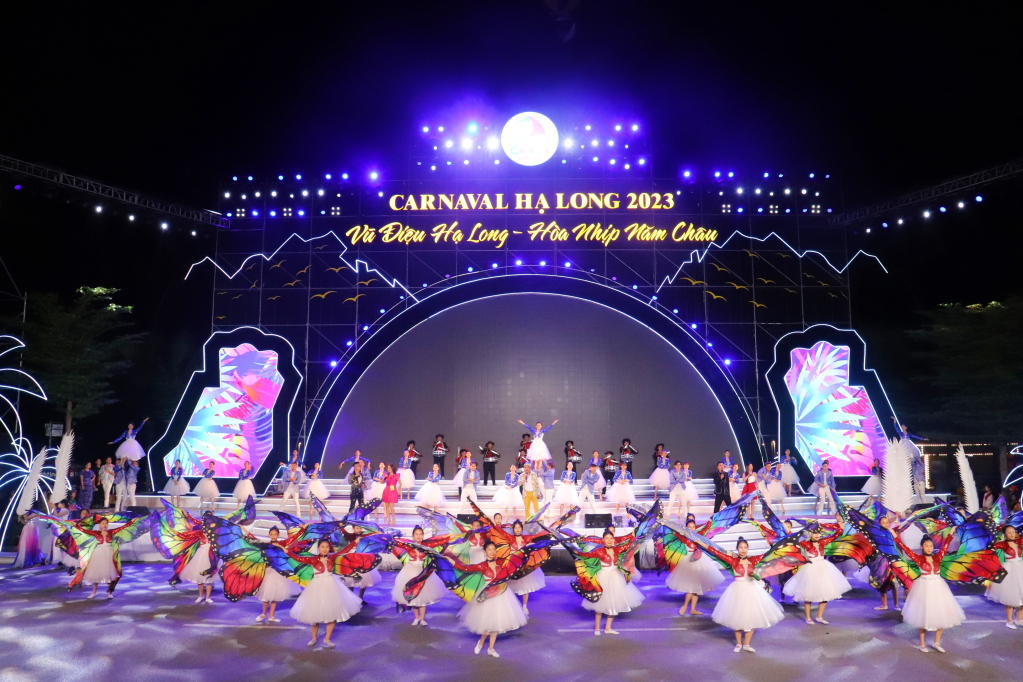
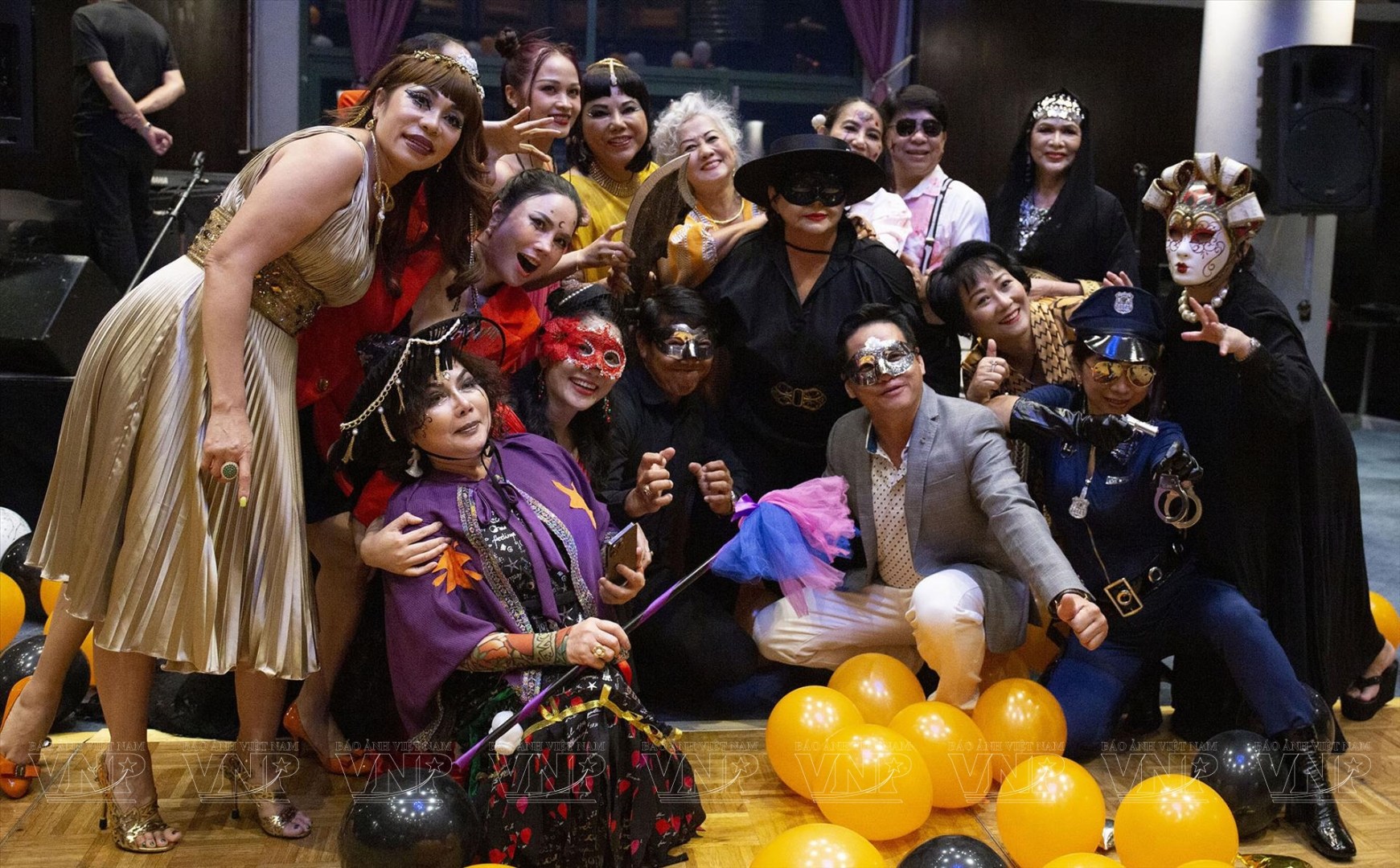

A lot of resorts in the central province of Binh Thuan’s Mui Ne have organised banh chung (glutinous square sticky rice cake) wrapping festivals for foreign tourists. After being briefed on su tich banh chung, banh giay (the story of the Vietnamese rice cakes), visitors were instructed on how to wrap banh chung.
After cakes were well-cooked, they were given to the visitors to enjoy during Tet (Lunar New Year) festival. According to Vu Van Chuong, Director of the Proud Vietnam Travel Limited Company in Thua Thien-Hue province, interesting cultural experiences often leave a deep impression on tourists. Only by doing so, can a destination increase its ability to lure customers to stay longer and use more services. This is also considered effective word-of-mouth marketing to attract other tourists./.
